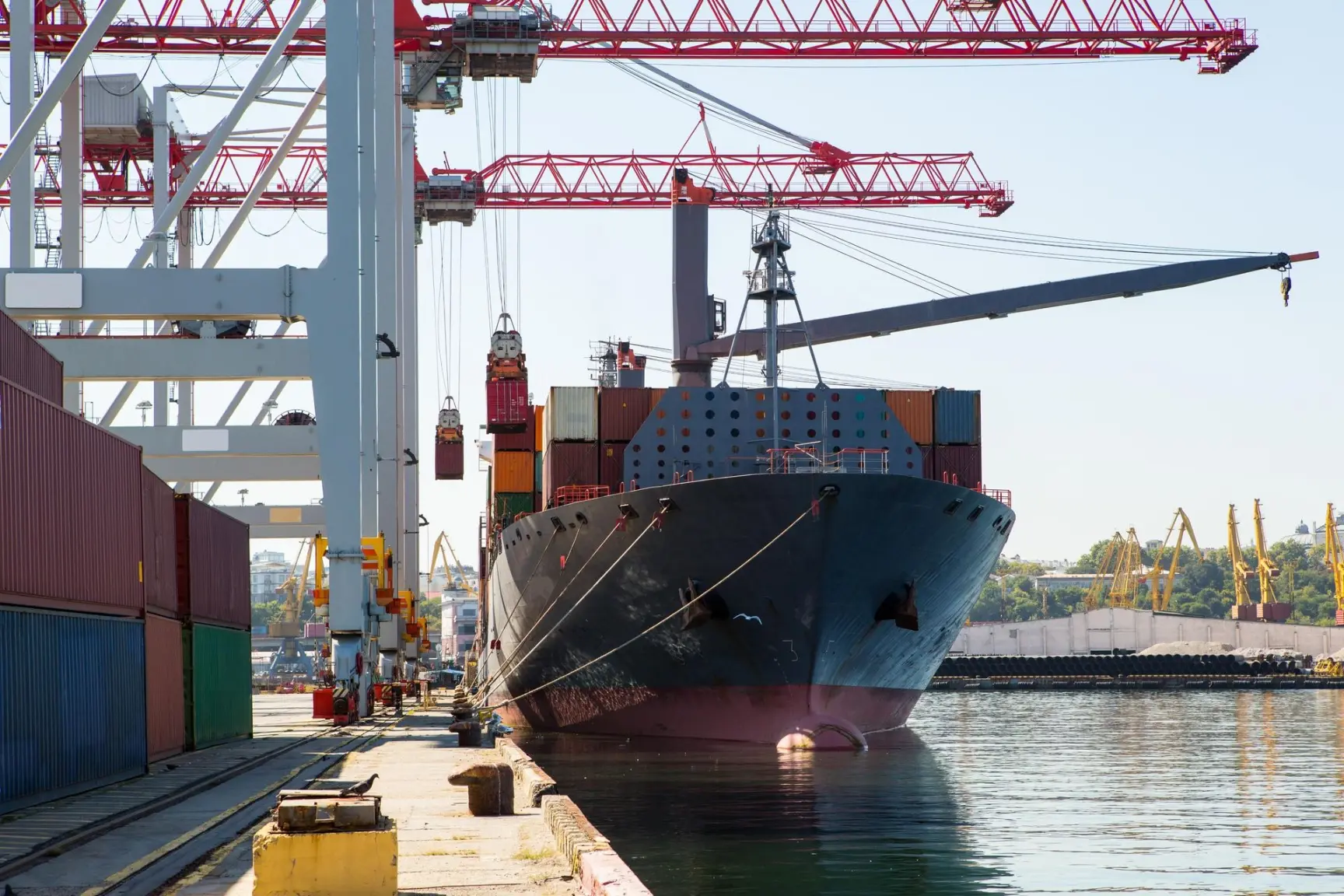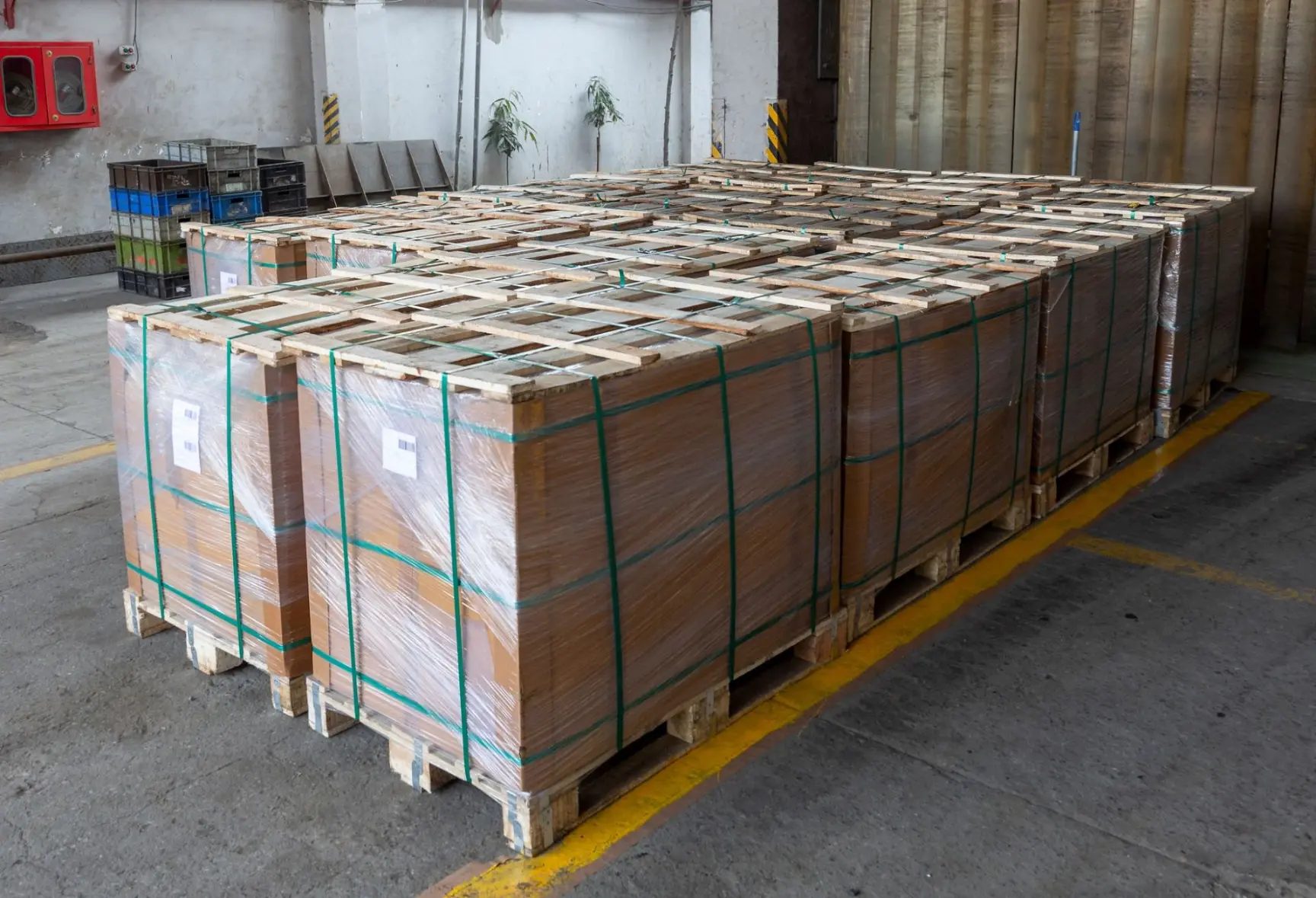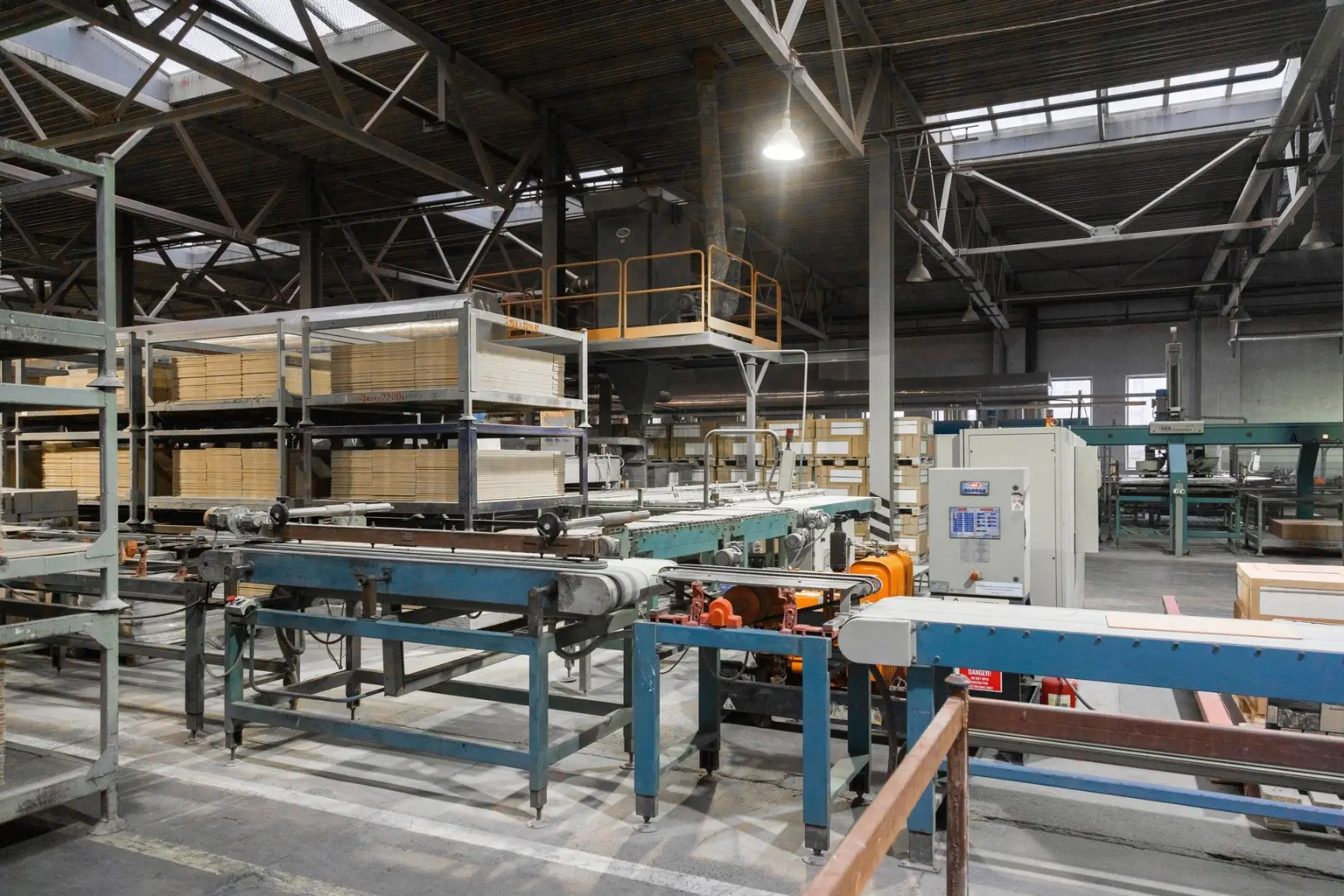In the arid plains of Gujarat lies a city that has quietly become a global industrial phenomenon. Morbi is no longer just an Indian manufacturing hub; it is the 2nd largest ceramic cluster in the world, trailing only Foshan, China. With over 800 manufacturing units and an annual turnover exceeding $6 billion, Morbi accounts for 90% of India’s ceramic production.
For international buyers and aspiring exporters, Morbi represents a goldmine of opportunity—offering Italian-standard quality at Asian prices. This guide details everything you need to know about the industry, from the export process to the biggest players buying these tiles globally.

Why the World Imports from Morbi
The "Morbi Miracle" isn't an accident. It is driven by three key factors that make it attractive to international importers:
Cost-Competitiveness: Due to lower labor costs, locally available raw materials (clay/minerals), and massive economies of scale, Morbi tiles are often 30-40% cheaper than European alternatives.
Technological Parity: Morbi manufacturers use the same Italian (Sacmi) and Spanish machinery as top European brands. The result is high-end GVT (Glazed Vitrified Tiles), PGVT, and Slabs that are indistinguishable from Spanish or Italian tiles.
Versatility: From subway tiles to massive 1200x2400mm slabs, Morbi produces every format imaginable.
The Export Process: Step-by-Step

Exporting from Morbi is a streamlined process, but strictly regulated. Here is the roadmap for a successful export shipment.
1. Mandatory Documentation
Before a single tile leaves the factory, the exporter must hold:
IEC (Importer-Exporter Code): Issued by the DGFT.
RCMC (Registration-Cum-Membership Certificate): From CAPEXIL (Chemical and Allied Products Export Promotion Council), which governs ceramics.
GST Registration: For tax purposes.
AD Code (Authorized Dealer Code): Registered at the customs port (typically Mundra or Kandla).
2. Quality & Certifications
International buyers, especially in Europe and the USA, require specific certifications:
CE Marking: Mandatory for exports to the European Union.
ISO 9001: For general quality management.
SASO: Mandatory for exports to Saudi Arabia (Saber registration).
BIS: For specific Indian standards (often requested by buyers to ensure technical compliance).
3. Logistics & Shipping
Port of Exit: Most Morbi exports ship via Mundra Port (approx. 240 km away) or Kandla Port.
Packaging: Tiles are packed in corrugated boxes, placed on wooden pallets, and strictly shrink-wrapped to prevent movement during high-seas transit.
Top 20 Major Tile Importers & Distributors (By Region)
Finding reliable buyers is the biggest challenge in exports. Below is a curated list of major Distributors, Wholesalers, and Retail Chains in key markets that import massive volumes of ceramic tiles.
> Note on Privacy: Direct personal emails of procurement officers are protected data and cannot be legally shared in public lists. However, the companies listed below are established importers. The "Contact Strategy" is to visit their "Vendor/Supplier" pages or contact their general procurement departments.
🇺🇸 USA (The Biggest Market)
The US relies heavily on imports. These companies are giants in the stone and tile industry.
M S International, Inc. (MSI)
Type: Massive Importer & Distributor
Web: msisurfaces.com
Focus: Imports huge volumes of slabs, backsplash, and floor tiles from India.
Bedrosians Tile & Stone
Type: Importer/Retailer
Web: bedrosians.com
Focus: Trend-forward porcelain and ceramic tiles.
Emser Tile
Type: National Distributor
Web: emser.com
Focus: Commercial and residential projects across the US.
Daltile (Mohawk Industries)
Type: Manufacturer/Importer
Web: daltile.com
Focus: While they manufacture, they also import significant volume to supplement their range.
Arizona Tile
Type: Distributor
Web: arizonatile.com
Focus: Premium surfaces and large-format porcelain.
Happy Floors
Type: Wholesaler
Web: happy-floors.com
Focus: Eco-friendly tiles, heavy importer of porcelain.
Anatolia Tile & Stone
Type: Importer (Canada/USA)
Web: anatoliatile.com
Focus: Logistics-heavy distributor serving big-box stores.
Floor & Decor
Type: Big Box Retailer
Web: flooranddecor.com
Focus: High-volume, price-sensitive buying. They often source directly.
🇬🇧 UK & Europe
Topps Tiles (UK)
Type: Retail Giant
Web: toppstiles.co.uk
Focus: The UK’s leading tile specialist.
CTD Tiles (UK)
Type: Distributor
Web: ctdtiles.co.uk
Focus: Commercial and residential supplies.
Porcelanosa (Spain/Global)
Type: Manufacturer/Importer
Web: porcelanosa.com
Focus: High-end global brand that sometimes sources specific OEM products.
Saint-Gobain (Building Distribution) (France/Global)
Type: Construction Giant
Web: saint-gobain.com
Focus: Massive procurement for construction projects across Europe.
🇦🇪 UAE & Middle East (The Traditional Hub)
Danube Home (UAE)
Type: Retail/Wholesale
Web: danubehome.com
Focus: Major building materials supplier in the GCC.
Al Naboodah Group (UAE)
Type: Conglomerate
Web: alnaboodah.com
Focus: Large-scale commercial projects and construction.
Rouk & Tamer (Saudi Arabia/Lebanon)
Type: Trader
Focus: Sanitaryware and ceramics distribution.
Shabib & Ali Al-Attiyah (Saudi Arabia)
Type: Construction/Trading
Focus: Major supplier for Saudi infrastructure projects.
🌏 Rest of World
Kajaria / Somany (India - Domestic Giants)
Note: While Indian, these giants often outsource production to smaller Morbi units for export or domestic re-branding.
Bunnings Warehouse (Australia)
Type: Home Improvement
Web: bunnings.com.au
Focus: DIY market, huge volume importer.
Beaumont Tiles (Australia)
Type: Retailer
Focus: Premium floor and wall tiles.

Lamosa Group (Mexico)
Type: Manufacturer/Importer
Focus: One of the largest ceramic companies in the world, often trades and sources globally.
How to Find & Contact Buyers (The "Secret Sauce")
Since you cannot simply "buy" a list of active emails, successful exporters use these strategies to connect with the companies listed above:
LinkedIn Prospecting:
Search for the company name (e.g., "MS International").
Look for job titles like "Procurement Manager," "Sourcing Director," or "Category Manager - Tile/Flooring."
Send a personalized connection request highlighting your factory's USP (e.g., "We specialize in 1200x2400mm Slabs").
Trade Data Portals:
Websites like Volza, ImportGenius, or Panjiva allow you to see actual shipment records. You can see exactly which company in the US received a container from India last week.
The "Big 3" Trade Shows:
If you are serious about exports, you must attend these three exhibitions where all major importers gather:
Cersaie (Italy): The world's most important ceramic fair.
Coverings (USA): The hub for North American buyers.
Cevisama (Spain): A key gateway to European markets.
Conclusion

Morbi has transformed from a local hub to a global powerhouse. The opportunity for export is massive, but it favors those who are professional, certified, and persistent. By targeting the right markets (USA, UAE, UK) and pitching directly to the major distributors listed above, Indian exporters can secure consistent, high-volume orders.
Disclaimer: This blog is for informational purposes. Trade regulations and company contact details change frequently. Always verify details before shipping.